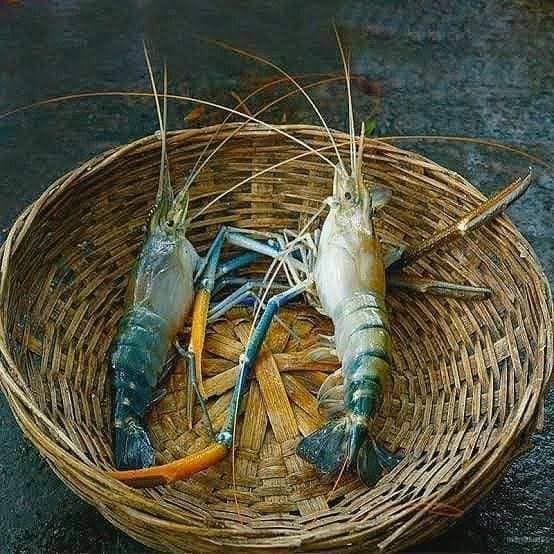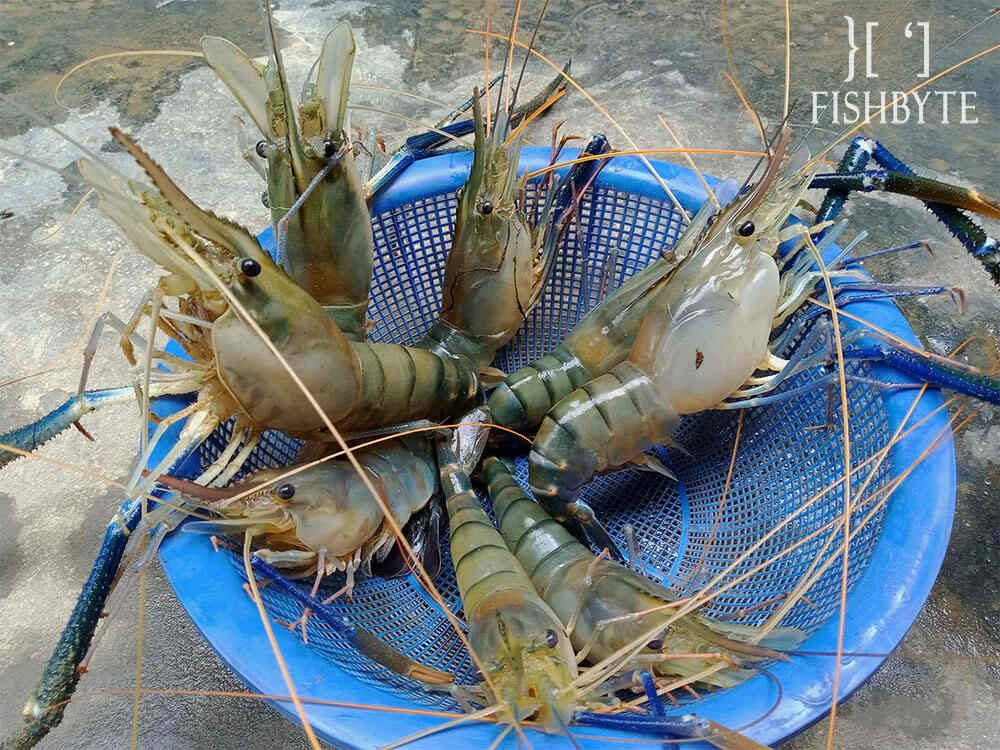Introduction to Macrobrachium rosenbergii
Macrobrachium rosenbergii, commonly known as the giant river prawn or giant freshwater prawn, is a highly valuable species within the realm of aquaculture. Native to the tropical and subtropical regions of the Indo-Pacific, spanning from India to Southeast Asia and Northern Australia, this species has garnered significant commercial interest worldwide. Its adaptability has led to its introduction in various parts of Africa, Thailand, China, Japan, New Zealand, the Americas, and the Caribbean. Renowned for its considerable size, M. rosenbergii is one of the largest freshwater prawns globally and is extensively cultivated for its culinary appeal.
Locally, it is known as golda chingri (Bengali: গলদা চিংড়ি) in Bangladesh and India, udang galah in Indonesia and Malaysia, uwáng or uláng in the Philippines, Thailand prawn in Southern China and Taiwan (Chinese: Tàiguó xiā 泰國蝦), and koong mae nam (กุ้งแม่น้ำ) or koong ghram gram (กุ้งก้ามกราม) in Thailand. It is also known as the Malaysian prawn, freshwater scampi (India), or cherabin (Australia).
Description and Characteristics
Macrobrachium rosenbergii can grow to impressive lengths exceeding 30 cm (12 inches). Typically, these prawns exhibit a brownish hue, although variations do occur, with smaller individuals sometimes appearing greenish with faint vertical stripes. The prawn’s rostrum is notably prominent, adorned with 11 to 14 dorsal teeth and 8 to 11 ventral teeth. The first pair of walking legs, or pereiopods, are elongated and delicate, terminating in slender claws used primarily for feeding. In contrast, the second pair of pereiopods is significantly larger and more robust, particularly in males, and features dense bristles that give the claws a distinctive velvety appearance. The coloration of these claws varies with social dominance among males.
Sexual dimorphism is evident, with females possessing wider abdomens and smaller second pereiopods compared to males. The genital openings are located on the fifth pereiopods in females and the third pereiopods in males.
Male Morphotypes
Male M. rosenbergii exhibit three distinct morphotypes:
- Small Male (SM): The smallest stage, characterized by short, nearly translucent claws.
- Orange Claw (OC): Males with large orange claws on their second chelipeds, which can be 0.8 to 1.4 times the body length.
- Blue Claw (BC): The final stage with blue claws, where the second chelipeds can grow up to twice the body length.
These morphotypes establish a strict hierarchy, with BC males dominating OCs, which in turn dominate SMs. The presence of BC males inhibits the growth of SMs and delays the transformation of OCs into BCs until they are larger than the largest BC male in their vicinity.
Life Cycle and Reproduction
Reproduction in M. rosenbergii involves the male depositing spermatophores on the female’s thorax. The female then extrudes eggs, which are fertilized as they pass through the spermatophores. Females carry the fertilized eggs for about three weeks, laying between 10,000 to 50,000 eggs up to five times per year.
The larvae, known as zoeae, hatch in brackish water and undergo several stages before metamorphosing into postlarvae. This transformation, typically completed within 32 to 35 days, allows the postlarvae to migrate into freshwater, resembling miniature adults.
Optimal Conditions for Cultivation
Giant freshwater prawns thrive in freshwater ponds, even though they naturally inhabit rivers and estuaries. Their cultivation is particularly lucrative due to their high market value. For optimal growth, these prawns should be farmed in lowlands at altitudes around 400 meters above sea level. Ponds can be constructed using tarpaulin or concrete, and should be designed to ensure adequate oxygen circulation, preferably with a longer structure to facilitate this.

Water quality is paramount; hence, installing water filters is recommended to maintain optimal conditions for shrimp growth. Despite the seeming simplicity and profitability of giant freshwater prawn farming, it requires patience, as these prawns grow slowly compared to other species such as Black Tiger / Vannamei shrimp. Typically, it takes about 180 days for them to reach a commercially viable size.
Economic and Environmental Considerations
Cultivating M. rosenbergii presents significant economic opportunities for farmers, especially in regions where this practice can be integrated into existing agricultural activities. The high demand for these prawns in local and international markets makes it a profitable venture. However, the slow growth rate requires careful planning and resource management to ensure sustainable yields.
Environmental sustainability is also a key concern. Farmers must adopt practices that minimize ecological disruption, such as responsible sourcing of larvae, maintaining water quality, and preventing disease outbreaks. Integrating these practices ensures the long-term viability of prawn farming and protects local ecosystems.
Macrobrachium rosenbergii, or the giant freshwater prawn, represents a fascinating and economically valuable species in aquaculture. Its impressive size and adaptability to various environments have made it a staple in the industry, with significant cultivation efforts across the globe. Understanding its biology, lifecycle, and optimal farming practices is crucial for maximizing yield and ensuring sustainable operations. As global demand for seafood continues to rise, the giant freshwater prawn stands out as a promising candidate for future aquaculture development, combining profitability with the potential for sustainable farming practices.
